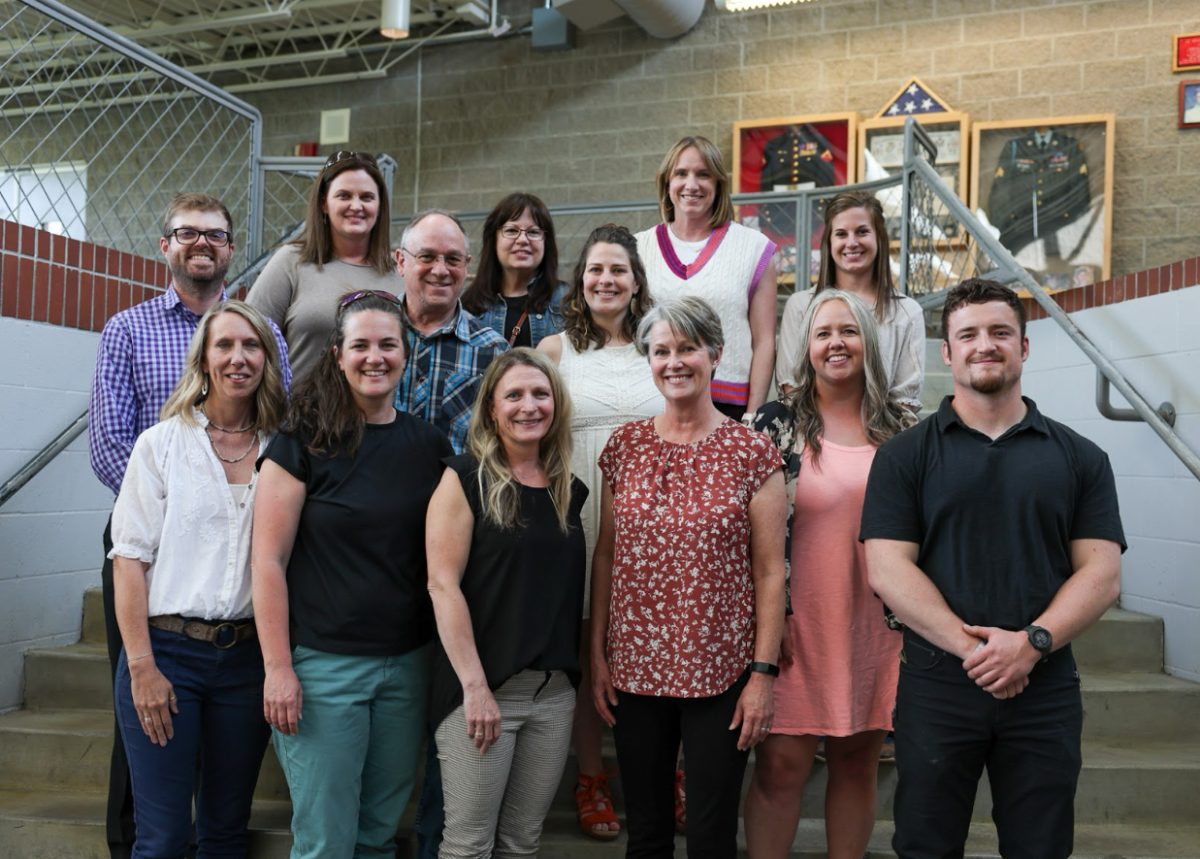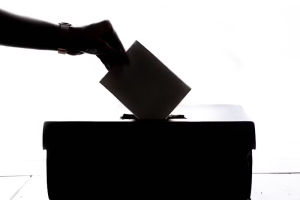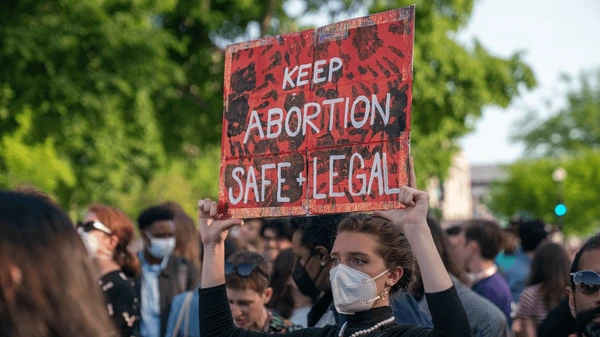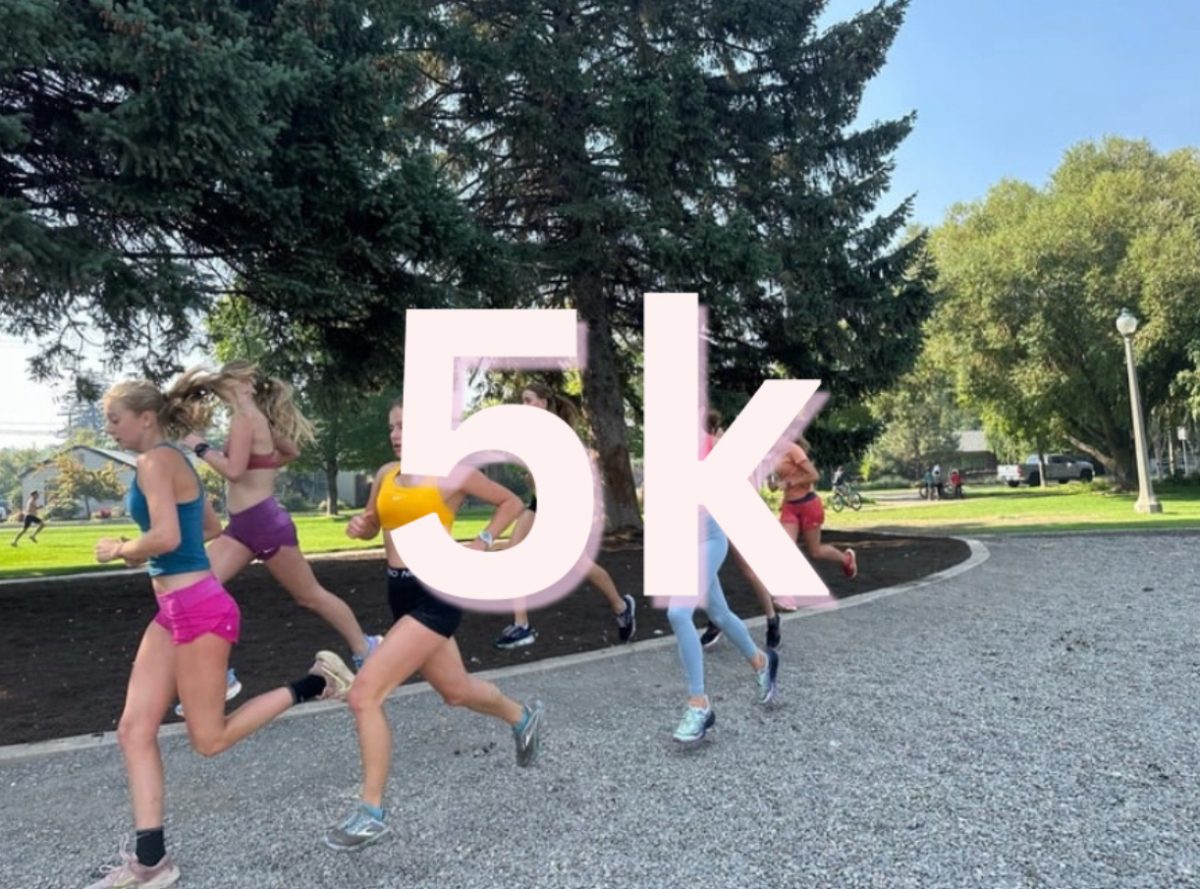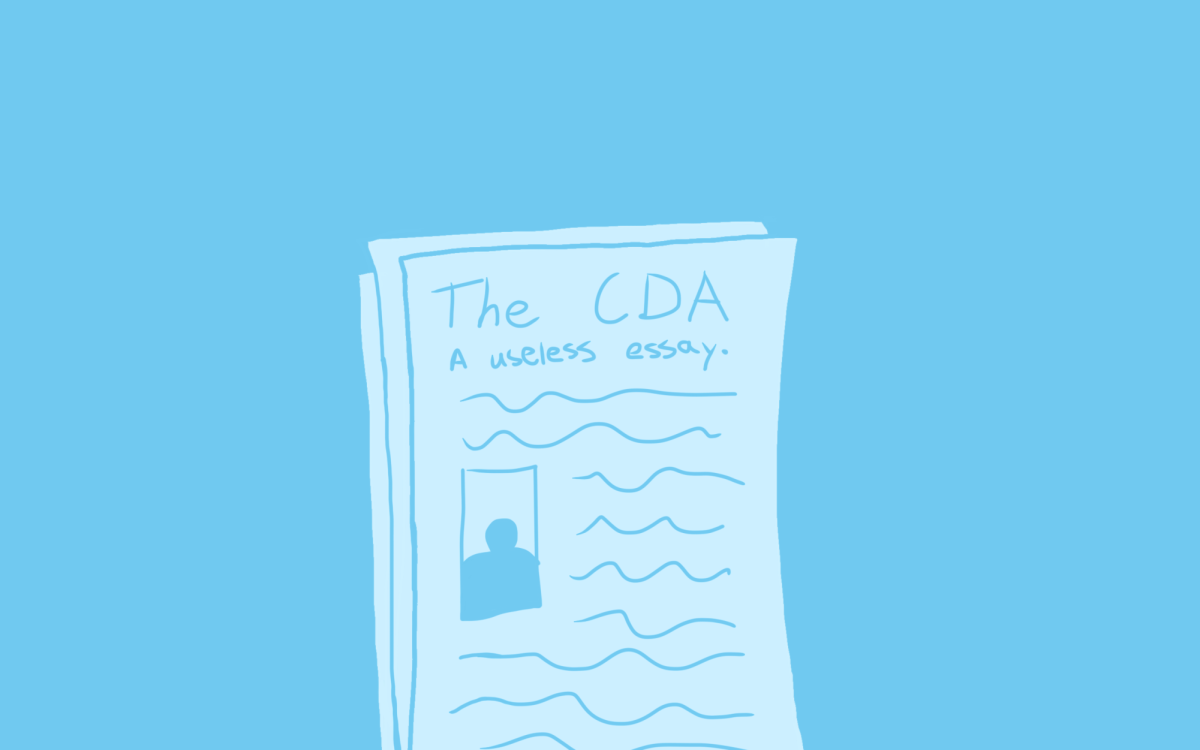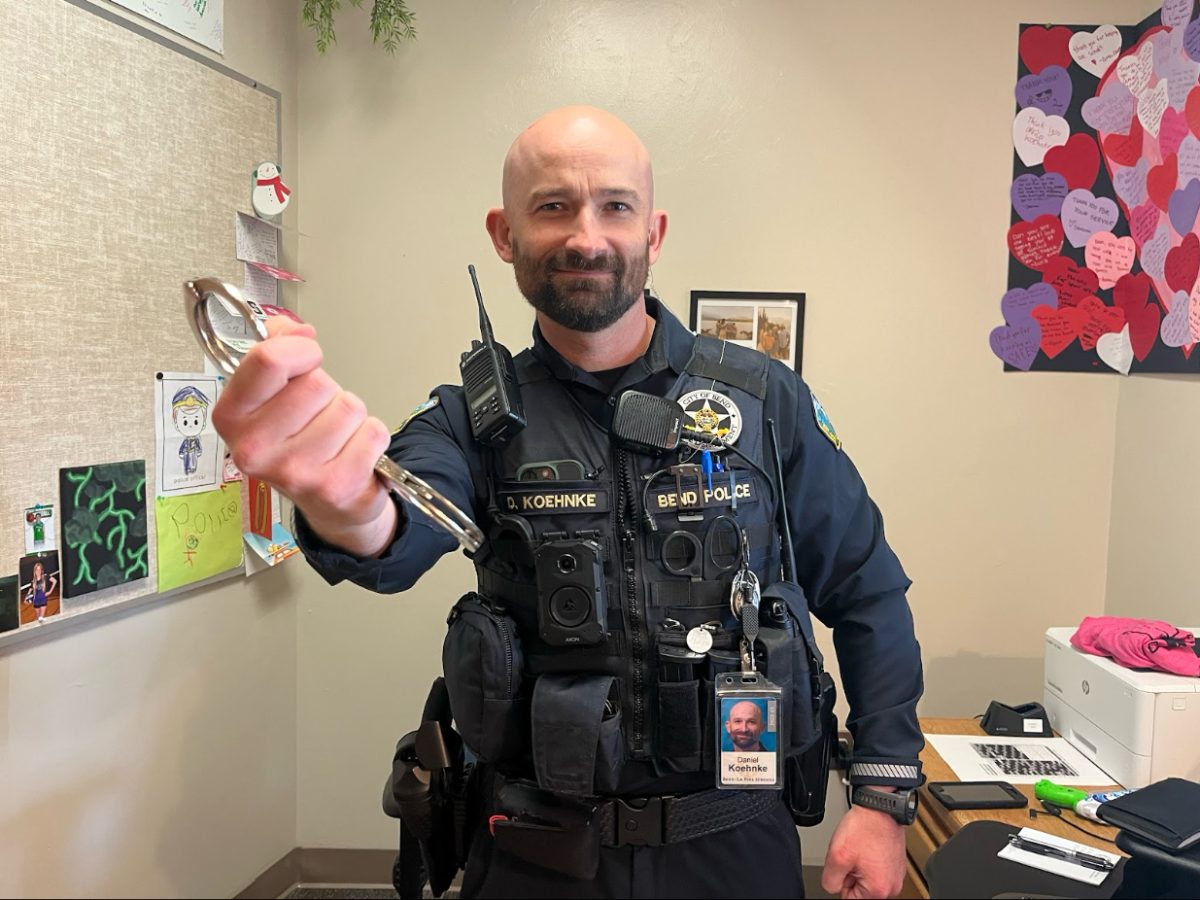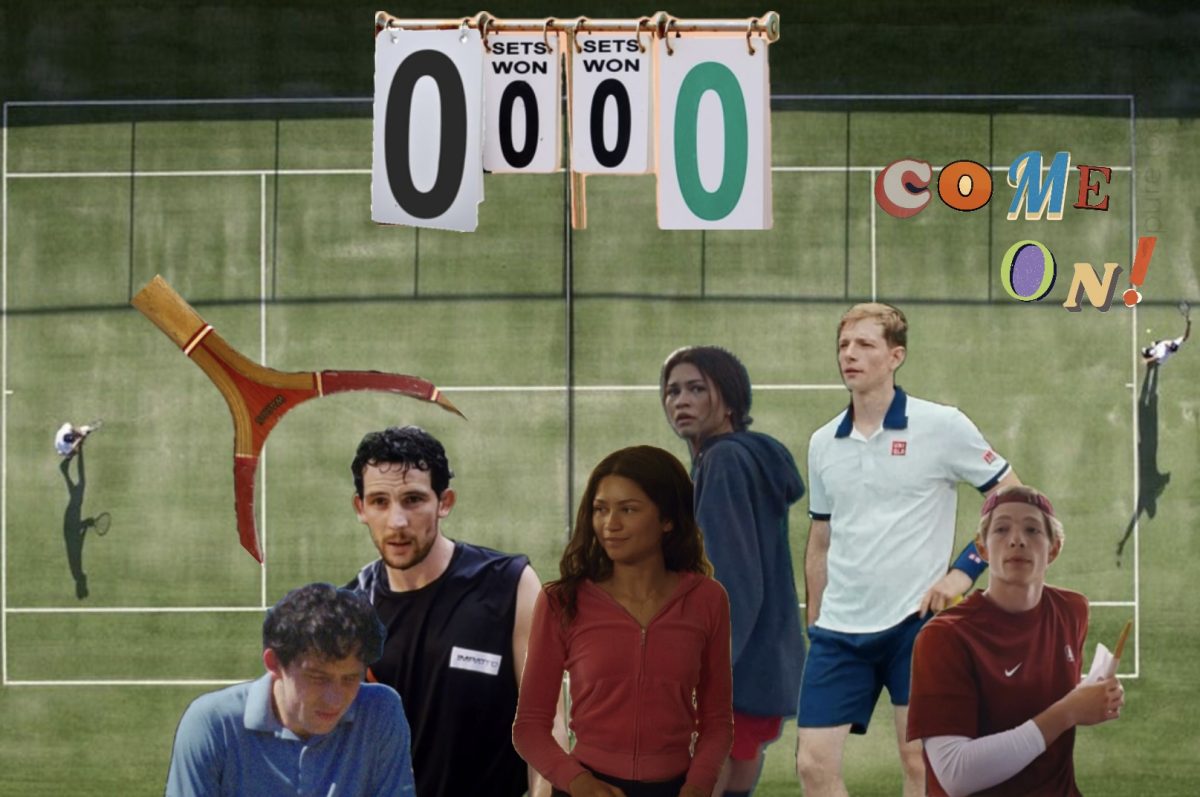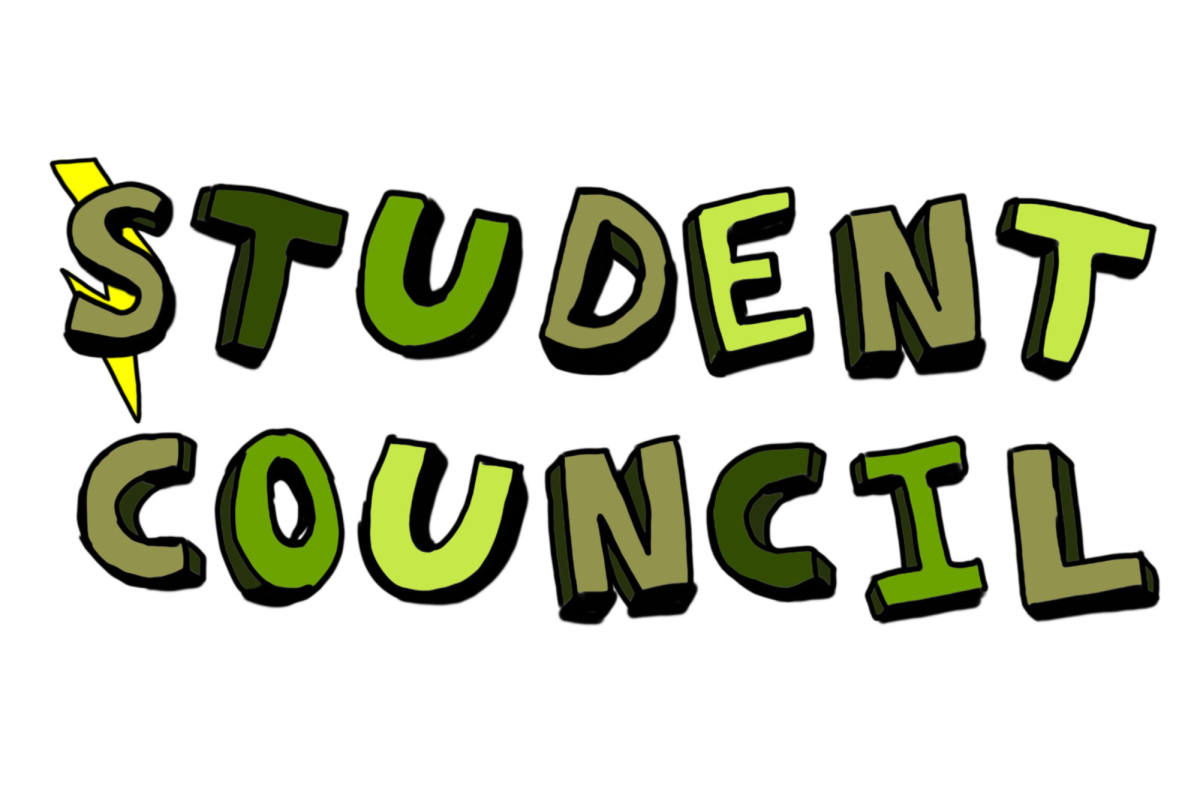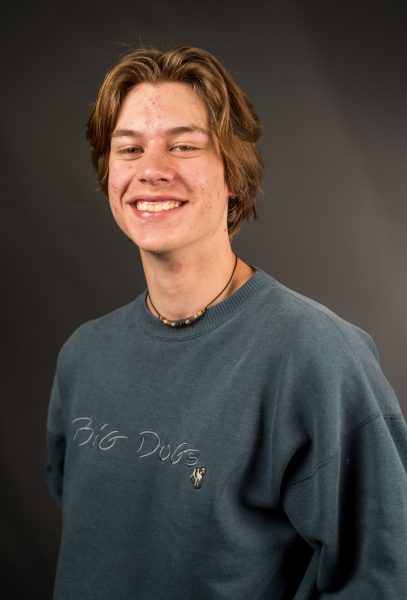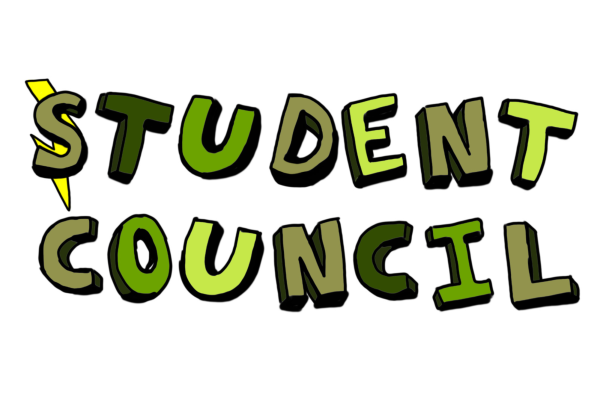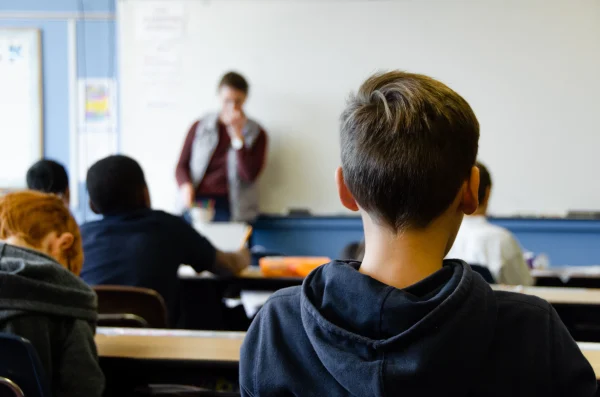The Info-War On Drugs
How anti drug campaigns remain the least effective anti drug effort.
December 3, 2021
Teachers drone over the conversation of uninterested high-schoolers. Kids look at everything but the board, listen to everyone but the teacher, and do anything but their work. Welcome to Health class, a high schooler’s first foray into sex and drugs. All students remember the two-week slog that’s a staple of PE class. But this boring drag of a unit is all worth it right? Signs point to no.
Our school’s anti-drug measures currently consist of a single unit in freshman wellness, and a helpline number to call that is posted in the halls. Variations of this formula have been present at Summit ever since its establishment, and when there is an anti-drug campaign, many teens disregard its messages. It is unclear as to whether these teens are a vocal minority, amplified by school rumors and joking stories told at lunch, or a much larger slice of the student body.
As it turns out, according to the Oregon Health Authority, frequent drug use among teens in the state of Oregon sits at a staggering 20%, and an even more astonishing 40% of 11th graders report having tried marijuana at least once. These figures are anything but promising and most definitely show that the students who disregard the district drug curriculum are no small group.
The other glaring issue is that teen drug use percentage hasn’t changed much over the years. If the drug curriculums that Oregon’s counties use are effective, we should see a steady decrease in overall marijuana consumption, but that is not the case.
If what Summit has been doing isn’t working, then what’s the next step? First, there is the consideration of whether or not our district should even use an anti-drug campaign. There has long been a myth that drug campaigns are actually the cause of many teens’ fascination with drugs.
“It‘s hard, when you talk about drugs, kids want to try them, even if what you’re saying about them is negative,” said Summit’s principal Mr. McDonald.
This sentiment is clearly shared among the student body.
“It definitely encouraged me to do [weed],” said an anonymous Summit student.
An American public Health Authority study also came to similar conclusions when they surveyed sample groups after different rounds of the same anti-drug campaign. For three of the four rounds, the campaign had no effect, and during the fourth round, it actually increased the likelihood for the surveyed children to try marijuana. If this is the case then would it not be advantageous to all parties involved to scrap the curriculum altogether? The district however has a different plan that they are beginning to move towards.
“We’ve started using those older ads and bulletin boards as examples of what might not work,” said Jill Waskom. “Because really, it comes down to students making their own decisions, and giving them the tools and the information to make those decisions.”
This could move the drug campaign to a system more akin to sex Ed, educational and reasonably cautionary, but mostly risk prevention. With the whirlwind of negative data surrounding the older style of drug campaigns, this could be a step in the right direction. If kids feel like they are being informed of dangers instead of forced into avoidance they may be more receptive to the information.
The truth is that we don’t know what will work and what won’t. Many of the studies used to gauge a program’s effectiveness are skewed by the fact that some students just aren’t willing to disclose their use of illicit substances.
“It’s hard to know if all the kids are telling the truth or if they aren’t putting down their real answer,” said Waskom. No matter where the anti-drug curriculum at Summit ends up going, one thing is for sure, it can’t stay where it is right now.


